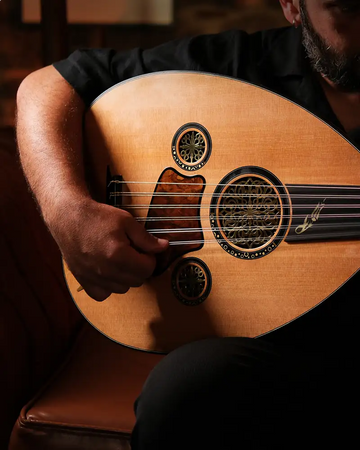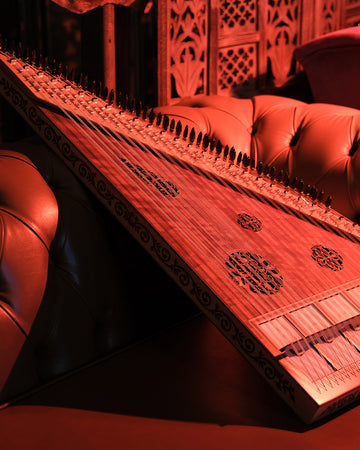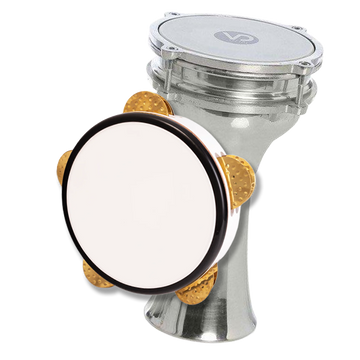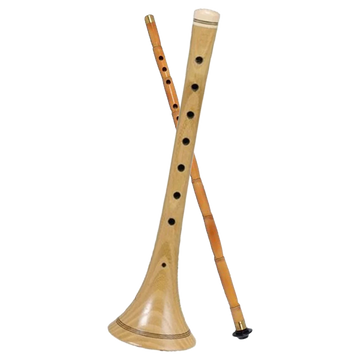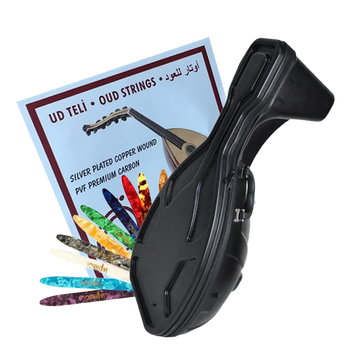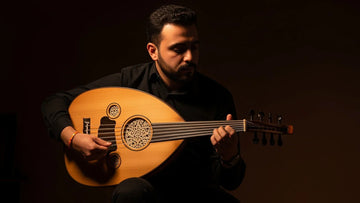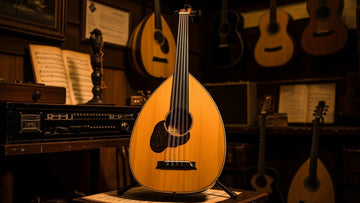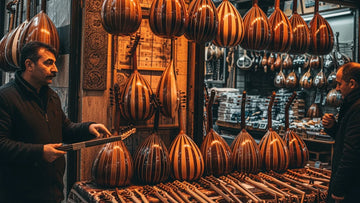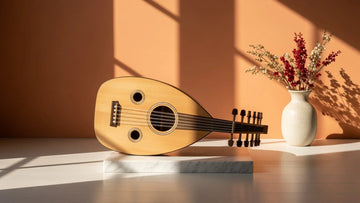Oud Instrument
Oud is among the famous instruments in Iran, Azerbaijan, Turkey , Armenia, and Greece. Its name is barbat in Iran, known as uti in Greece. VIII BC. A similar instrument in an Elam figure made of clay dates back to the 16th century. The history of the oud until its re-emergence in the Muslim Middle East centuries later is not well known. Like the old ouds, this new oud was probably carved from a single piece of wood, and its body was smaller than today's ouds. Also, its chest was leather.
Arab sources record that until the famous musician Zelzel (d. 174/790), the stem and body of the oud were carved from the same piece of wood. It is supposed that the body of the oud was created after Zelzel, not by cutting but by bringing tree slices side by side. The most significant difference between the oud and the barbat is that the barbat has a relatively small body and leather breasts. On the other hand, the oud has a larger body and a wooden chest. Continue reading our article for detailed information about the characteristics of the oud and its types.
Features of Oud
The features of the oud are as follows:
- The full length of the instrument is 67cm, and the width is 36cm.
- The instrument is characterized by a tight tuning of the banjaq carved on a piece of wood.
- Sound quality is also a distinctive feature of the oud.
- The instrument stands out with its pure sound without any humming.
Types of Oud
There are lots of oud types. These types are as follows:
- Turkish Ouds
Bowl Length: 49,5 cm
Neck Length: 19.5 cm.
- Arabic Ouds
Bowl Length: 51.5 cm.
Neck Length: 20 cm.
- Syrian Ouds
Bowl Length: 52 cm.
Neck Length: 20.5 cm.
- Iraqi Ouds
Bowl Length: 49.5 cm.
Neck Length: 19.5 cm.
